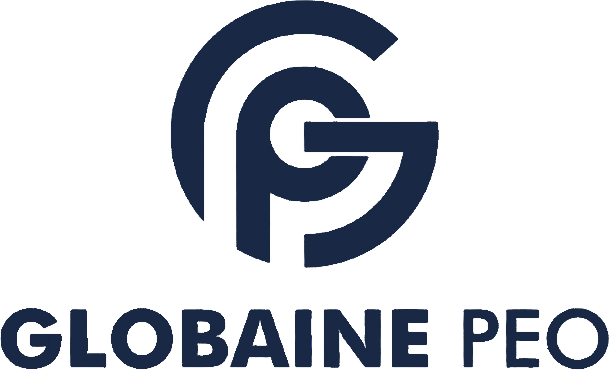As an employer expanding into Canada, understanding the key documents required for onboarding employees is essential for compliance with Canadian laws. This guide walks you through each document and the step-by-step onboarding process to ensure a smooth experience.
Onboarding Process: Step-by-Step Explanation
Step 1: Job Offer and Acceptance 📩
- Trigger: After the interview process, you’ve decided to hire the employee.
- Action: Prepare and send a formal job offer letter that outlines the terms of employment, including:
- Job Title: [Position Title]
- Compensation: $[Salary Amount] per annum
- Start Date: [Start Date]
- Outcome: The employee reviews and accepts the offer, marking the start of the onboarding process.
Step 2: Employment Contract 📝
- When It’s Used: After the offer letter is accepted.
- Action: Draft and provide an employment contract that specifies the following:
- Job Duties: Clear outline of responsibilities.
- Compensation & Benefits: Include salary and additional benefits.
- Termination Clauses: Terms under which the employment can be terminated.
- Outcome: The employee signs the agreement, confirming their employment terms.
Step 3: Canada Revenue Agency (CRA) Form TD1 💳
- Purpose: To determine federal tax withholding amounts from their paycheck.
- Action: Ask the employee to fill out the TD1 Form, providing details like their personal tax credits.
- Outcome: You use the TD1 form to accurately calculate the employee’s federal income tax deductions.
Step 4: Employment Insurance (EI) Registration 📄
- Legal Requirement: To ensure compliance with Canadian employment insurance regulations.
- Action: Register the employee for EI coverage.
- Outcome: The employee is enrolled in the EI program, ensuring they receive benefits if needed.
Step 5: Social Insurance Number (SIN) Confirmation 🔍
- Purpose: To verify the employee’s SIN for tax reporting and eligibility for employment benefits.
- Action: Request the employee’s SIN and confirm its validity.
- Outcome: You maintain a record of the employee’s SIN for payroll and tax purposes.
Step 6: Employee Benefits Enrollment Forms 🏥
- Purpose: To enroll the employee in the company’s benefit plans.
- Action: Provide the employee with enrollment forms for benefits such as:
- Health Insurance
- Retirement Plans (e.g., RRSP)
- Paid Time Off (PTO)
- Outcome: The employee submits the completed forms to enroll in your company’s benefit programs.
Step 7: Health and Safety Training Acknowledgment 🚧
- Purpose: To ensure the employee understands required safety protocols.
- Action: Provide health and safety training materials, especially for roles involving hazardous work.
- Outcome: The employee signs an acknowledgment form, confirming understanding of safety regulations.
Step 8: Emergency Contact Information Form 🚑
- Purpose: To have contact details in case of an emergency involving the employee.
- Action: Request the employee to submit Emergency Contact Information, including:
- Name
- Relationship
- Phone Number
- Outcome: The employee provides these details, ensuring you have a point of contact in emergencies.
Step 9: Direct Deposit Authorization Form 🏦
- Purpose: To set up direct deposit for salary payments.
- Action: Request the employee to provide their bank account details, including:
- Bank Name
- Account Number
- Routing Number
- Outcome: The employee submits their banking details, and you set up direct deposit for timely salary payments.
Step 10: Acknowledgment of Employee Handbook 📚
- Purpose: To ensure the employee understands company policies and procedures.
- Action: Provide the employee with your Employee Handbook, which includes important policies like:
- Code of Conduct
- Leave Policies
- Anti-Discrimination and Harassment Guidelines
- Outcome: The employee signs an acknowledgment form, confirming receipt of the handbook and understanding of company policies.
Conclusion: How GlobainePEO Can Help with Onboarding in Canada🌐
GlobainePEO provides comprehensive onboarding solutions, helping you manage contracts, payroll, benefits, and compliance, so you can focus on growing your business. We make onboarding effortless while ensuring full compliance with Canadian labor regulations.

